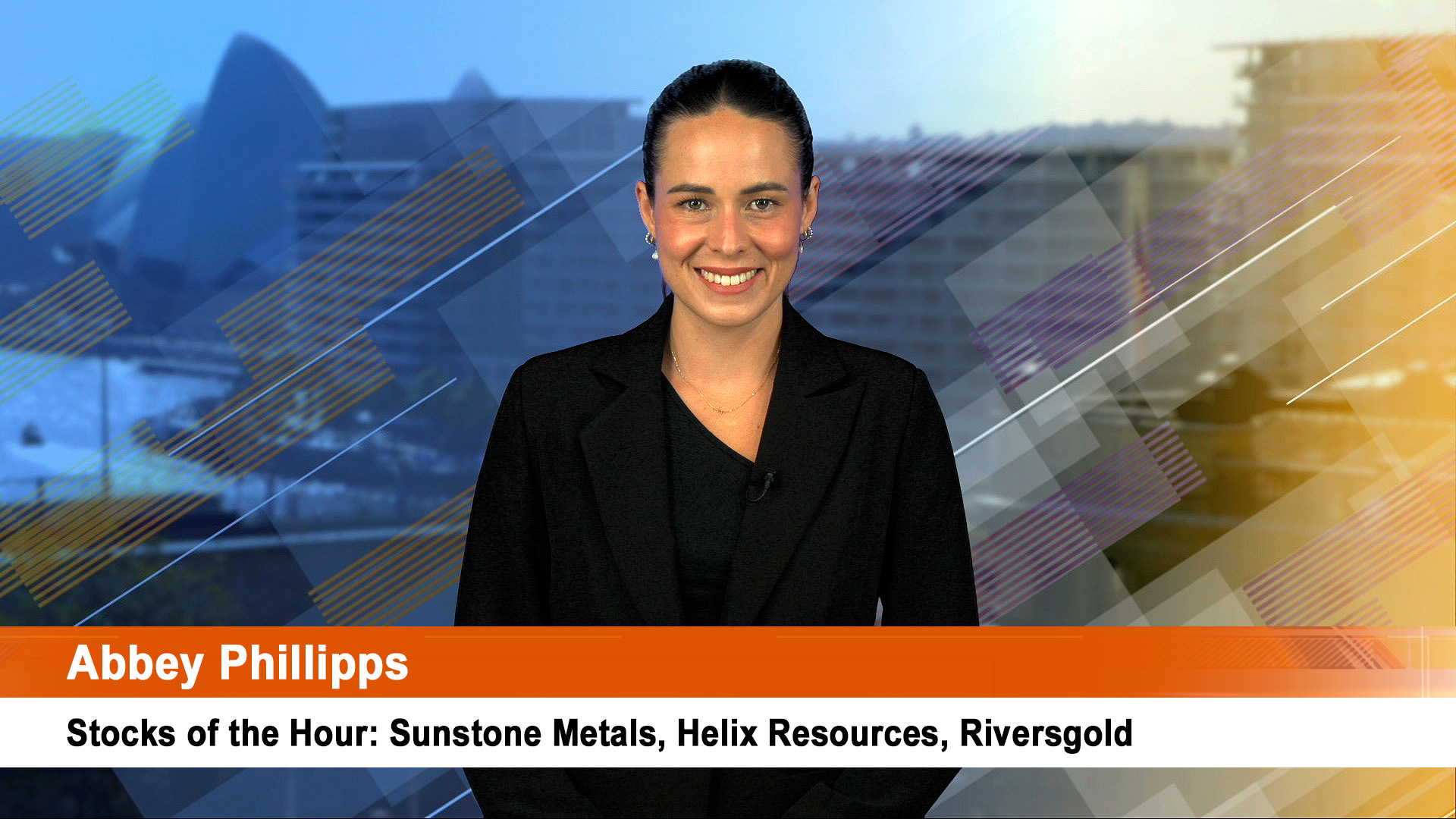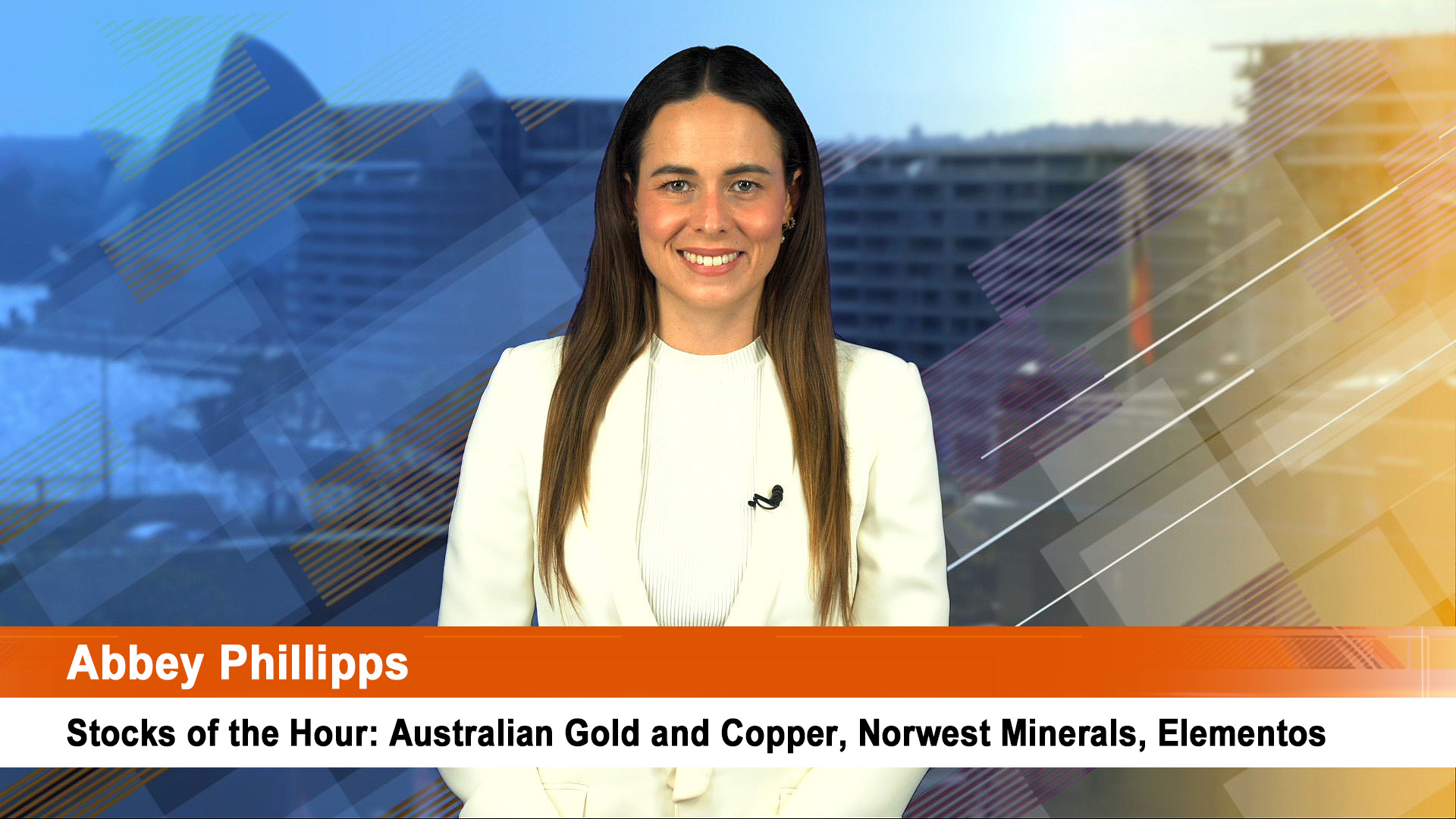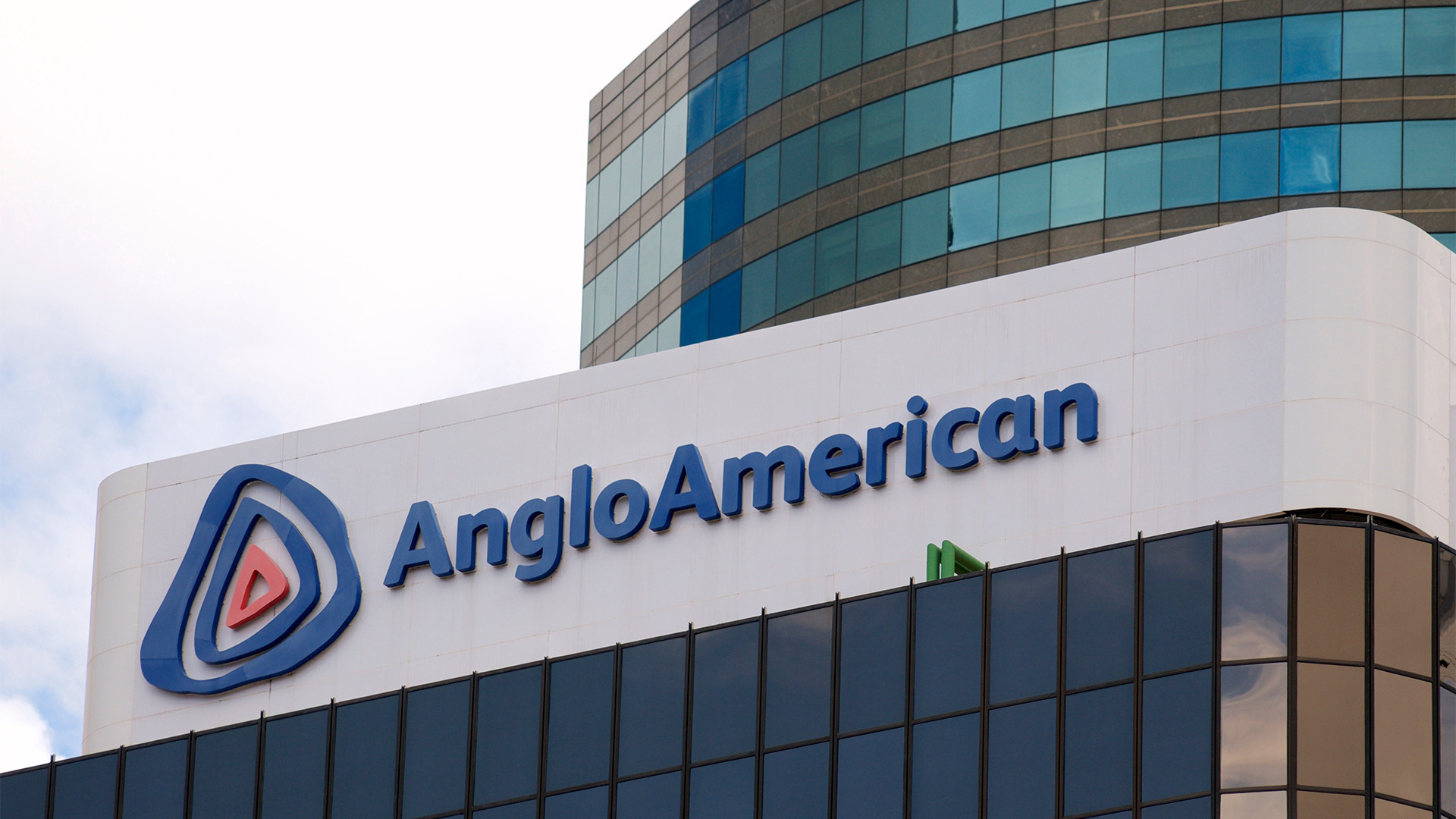Royal Dutch Shell has agreed to buy BG Group for 47 billion pounds, (more than $A91 billion) in cash and shares, in what will be the energy industry’s biggest takeover for years.
Under the teams of the deal announced on overnight, BG investors will receive 383p in cash and 0.4454 Shell B shares. That’s a 52% premium to where BG shares closed on Tuesday night when news of the talks were first reported in the US.
The deal will result in BG shareholders owning 19% of the combined group and it will solidify Shell’s position as the biggest LNG shipper around the globe. moving an estimated 45 million tonnes by 2018, and more oil and gas than ExxonMobile at the same time.
Shell is betting it’s a cheaper way of lifting its oil and gas reserves than exploring for the stuff, especially with current market prices weak.
Shell has already revealed plans to slash spending on exploration and development by $US15 billion over the next three years.
BG Group has also struggled with the fallout from a crude price that’s fallen by more than 40% in the past year, and with a big loss in 2014 as it wrote down the value of its gas and oil assets by almost $8.9 billion.
The deal between Shell and BG will see the former become the world’s second biggest oil and gas group, moving past US giant, Chevron.
It will also move up the rankings in gas producers, buying a major project in Australia, gas interests elsewhere and oil and some gas projects offshore Brazil.
Shell’s existing 9.5% stake in Woodside could be sold into the local market, or to another oil major looking to expand, potentially putting Woodside in play.
The eventual price for BG of $US91 billion – add that to the market cap of Shell of around $US193 billion and it will be worth more than $US280 billion, still well behind US giant, Exxon mobil (worth $US357 billion, with Chevron third on just over $US200 billion).
The Shell move on BG won’t be the last among the world’s oil and gas groups, large and small.
The current price slump is a one off opportunity to buy new reserves of oil and gas at prices cheaper than they have been for two decades.
In November, Halliburton agreed to buy smaller oil-field-services rival Baker Hughes for about $US35 billion and Repsol bought talisman Energy for $US8.3 billion.
But not all deals happen – Whiting Petroleum, a medium-size American company operating mostly in the shale oil and gas business, recently aborted an effort to find a buyer.
BG’s group’s $US8.9 billion of write downs at the start of the year – most of that being on the Queensland coal seam gas business – seems to have alerted Shell to a cheap way to buying more oil and gas reserves in some promising areas.
That was after the company’s shares sank 30% in the sell off late last year as world oil prices slumped.
The write-downs in January added to investor unhappiness with the company and its management, which has changed twice in recent years as it has struggled with high costs and overruns in the Australian expansion and the problems in Brazil.
As well, BG Group is partnered with Brazilian state controlled oil giant Petrobras to develop its highly productive fields in the South American nation.
But Petrobras is stuck in a major bribery and corruption scandal and has been weakened financially by government imposed price controls and subsidies.
So it might be easier for Shell to work with Petrobras, given the UK Dutch company’s long history of working with difficult governments (Nigeria, Russia for example).
Besides Australia and Brazil, BG group has major gas (and some oil) finds off the East African coast.
The deal fits with Shells growing focus on being a major producer of shale gas.
Shell moved into the US shale oil and gas business, but has done poorly, losing money and expanding its interests in two deals.
It sold some gas assets for $US2.1 billion in cash and exploration areas last year and in 2013 wrote down the value of some of its exploration assets by more than $US2 billion (when oil prices were close to and above $US100 a barrel).
Shell has spent $US6 billion in exploration and attempts to drill in the Arctic, but not a well has been started because of rising opposition and then slump in oil prices.
Shell replaced only 26% of the oil and gas it pumped last year, and the fastest way to stop a repeat of that this year is to make a big takeover of a large middle ranking company, or another major.
Shell said yesterday “The Combination will add some 25% to Shell’s proved oil and gas reserves and 20% to production, each on a 2014 basis, and provide Shell with enhanced positions in competitive new oil and gas projects, particularly in Australia LNG and Brazil deep water.
“Shell expects the Combination to generate pre‑tax synergies of approximately $2.5 billion per annum (which have been reported on) and has also identified further significant opportunities.”
For some months Shell was tipped to be a possible bidder for BP) when its shares were worth around $US100 billion in late 2014 and early 2015. But BP shares have risen to where the company is now worth more than $US120 billion.
To keep existing investors in Shell happy, the oil major promised a share buyback of at least $US25 billion from 2017 to 2020, which it expects will “significantly reduce the equity issued in connection with the Combination”.
And on dividends Shell is promising “to pay dividends of $US1.88 per ordinary share in 2015 and at least that amount in 2016”.













